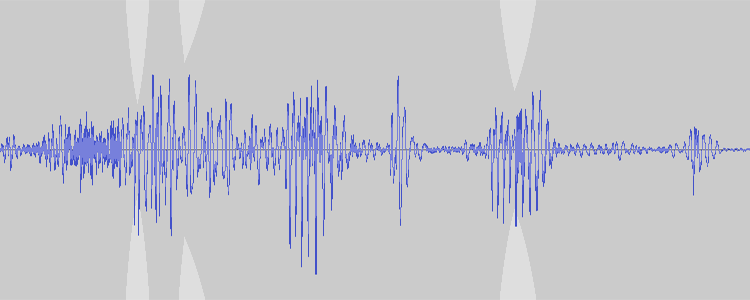

A limiter has an extremely high ratio that sits over your mix like a brick wall. They call limiters a “ brick wall” for a reason. If you place a limiter with a threshold of 0 dB on a mix, the limiter will keep the mix from getting any louder than 0 dB. But a limiter’s threshold works a little differently from a compressor’s.Ī limiter won’t let the sound get any louder than the threshold. Like a compressor, limiters have thresholds. To prevent that, we want to stop the signal from hitting 0 dB. This might cause digital distortion (AKA clipping). This way the quietest parts are louder while the loud parts are still kept in check.īut sometimes we don’t just want to make small adjustments to the sound.įor example, say our mix is on occasional peaking over 0 dB. Now that the loudest parts of the sound are under control, we can turn the vocal up.įind your makeup gain knob and turn it up to match the raw track’s volume. All you need to know is, as you lower the threshold or increase the ratio, you are compressing the sound harder. If the vocal reaches -10 dB (4 dB louder than your threshold), the signal will be turned down by 2 dB. The vocal will be turned down by 1 dB if the signal going into the compressor reaches -12 dB. If we want to compress more, we could set the ratio at 4:1, meaning 1 dB is heard for every 4 dB over the threshold.Īs an example, let’s say your threshold is set at -14 and your ratio is 2:1. For every 2 dB above the threshold, only 1 dB will be let through. The higher the ratio, the more the compressor will turn the signal down. Ratio is where you tell the compressor how much you want it to turn down the volume of the vocal. That way the compressor kicks in when the vocal is louder than you want it to be. You might want to set your threshold around -14 dB.

Say you have a vocal that’s sitting around -15 dB but is occasionally spiking up to -10. The compressor won’t reduce the volume of your signal until it reaches the threshold you set. Here you dial in how loud the sound has to be before the compressor kicks in. Threshold determines when the compressor starts working. Let’s focus on the threshold and the ratio.īefore a compressor can reduce the dynamics of our instrument, we need to tell it…

Today, you’ll learn the difference between a limiter How Does a Compressor Work?įirst, we need to understand the basics of how a compressor works. But using the right tool at the right time can save you from a mix disaster. It takes most producers a long time before they ever understand which is which. Trying to figure out the difference between a limiter and a compressor? You’re not alone.


 0 kommentar(er)
0 kommentar(er)
